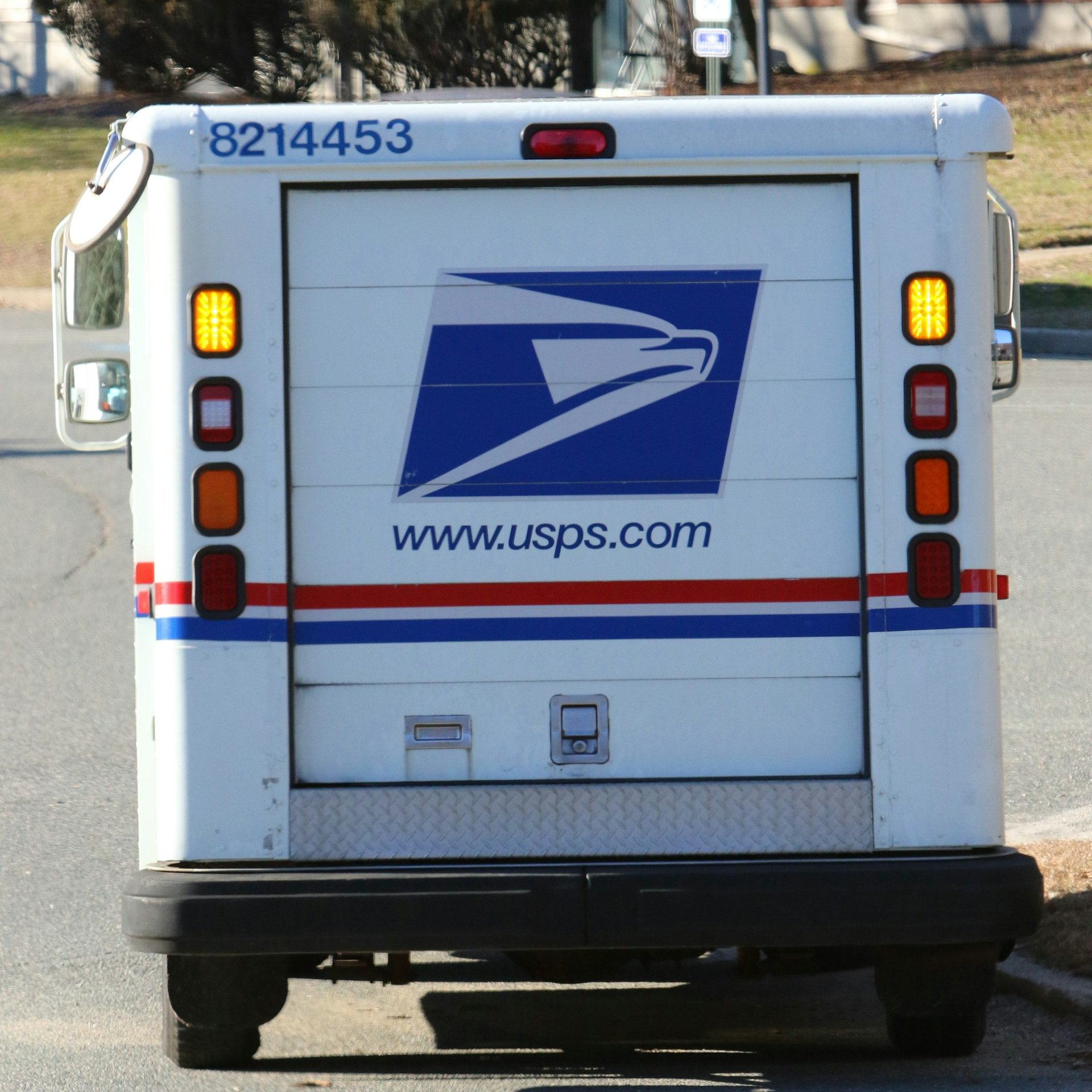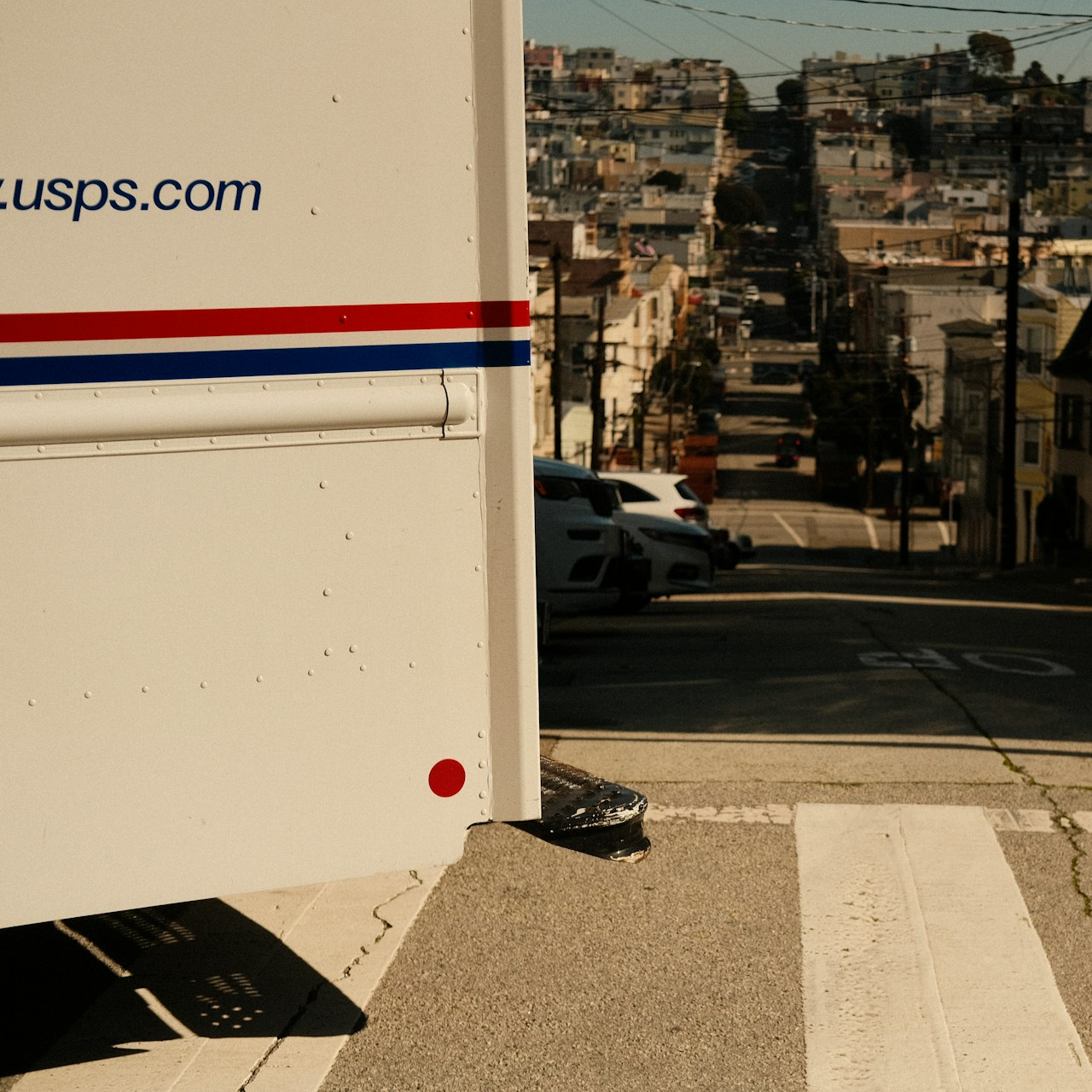Key Takeaways
-
The Postal Service Health Benefits (PSHB) program is replacing the Federal Employees Health Benefits (FEHB) program for USPS employees and retirees starting in 2025.
-
Medicare integration will play a significant role in ensuring coverage under the new program, with specific rules for those eligible for Medicare Part B.
A Major Shift: What’s Happening to Your Health Insurance?
If you’re a USPS employee or retiree, big changes are coming to your health insurance in 2025. The introduction of the Postal Service Health Benefits (PSHB) program marks a significant departure from the Federal Employees Health Benefits (FEHB) program, which many of you are familiar with. Let’s break down exactly what’s changing and how it affects you.
What Is the PSHB Program?
The PSHB program is a health insurance system specifically designed for USPS employees, retirees, and their eligible family members. It’s a tailored replacement for FEHB, which previously served both postal and non-postal federal workers. Starting January 1, 2025, your health coverage will fall under the PSHB program.
Here’s the critical detail: while the PSHB program resembles FEHB in some ways, it is entirely separate. That means the plan options, premiums, and rules will differ, and you’ll need to carefully review your options during Open Season to ensure you’re selecting the best plan for your needs.
Why the Change?
The transition to PSHB is part of a broader initiative to stabilize the USPS’s financial future. By separating USPS employees and retirees into their own health insurance program, the organization aims to manage healthcare costs more effectively while aligning with specific needs unique to postal workers.
Automatic Enrollment: Will You Be Transitioned?
For most of you currently enrolled in FEHB, the transition will be automatic. If your existing plan under FEHB has a corresponding plan in PSHB, you’ll be enrolled in that equivalent plan starting in 2025. However, don’t assume the default choice is the right one for you. Take the time to evaluate the plan’s coverage, costs, and benefits during the upcoming Open Season.
Open Season Timeline: Mark Your Calendar
Open Season for the PSHB program will run from November 11 to December 9, 2024. This is your opportunity to:
-
Review available plans under the PSHB program.
-
Compare benefits, premiums, and out-of-pocket costs.
-
Enroll in a new plan if the default option doesn’t meet your needs.
Changes you make during this period will take effect on January 1, 2025.
Medicare Integration: What You Need to Know
Who Needs Medicare Part B?
If you or your family members are eligible for Medicare, this is a key factor to understand. Starting in 2025, Medicare-eligible annuitants and family members must enroll in Medicare Part B to maintain PSHB coverage. There are some exceptions for retirees who are not already enrolled in Medicare Part B as of January 1, 2025.
Medicare Part B covers outpatient services, and its integration with PSHB plans aims to reduce your out-of-pocket expenses by coordinating benefits between the two programs. If you’re not yet enrolled in Part B and you’re eligible, now is the time to plan for this additional cost.
How Does Medicare Coordination Work?
If you’re enrolled in both Medicare and a PSHB plan:
-
Medicare becomes your primary payer: This means Medicare Part A and Part B will pay first for covered services.
-
PSHB acts as secondary coverage: Your PSHB plan will cover additional costs not paid by Medicare, like copayments and deductibles, depending on your specific plan.
This coordination can save you money by reducing the overall amount you pay out of pocket.
Late Enrollment Penalty for Medicare Part B
If you delay enrolling in Medicare Part B, you may face a late enrollment penalty. This penalty is a lifetime surcharge added to your Part B premium, increasing the longer you delay enrollment. Avoid these extra costs by enrolling during your Initial Enrollment Period (IEP) or during the Special Enrollment Period (SEP) tied to this transition.
Comparing Costs: What to Expect
Premium Adjustments
The PSHB program’s premiums will vary depending on the plan you select. While some options might closely align with your current FEHB premiums, others could be higher or lower. It’s essential to compare plans to find one that balances costs and benefits.
Out-of-Pocket Expenses
With Medicare integration, your out-of-pocket expenses under PSHB are likely to decrease for many medical services. However, make sure to review each plan’s deductible, copayment, and coinsurance requirements to understand your financial responsibility.
What If You’re Not Eligible for Medicare?
If you’re not yet eligible for Medicare, you can still enroll in a PSHB plan. These plans are designed to provide comprehensive coverage, even for those who aren’t Medicare-eligible. Keep in mind that once you do become eligible for Medicare, the requirement to enroll in Part B will apply.
The Role of Government Contributions
The government will continue to contribute to your premiums under the PSHB program, just as it does under FEHB. This subsidy helps offset the overall cost of your coverage, though the specific percentage may vary depending on the plan you choose.
Preparing for the Transition
Stay Informed
As the transition date approaches, you’ll receive notifications and materials explaining the PSHB program. These communications will provide detailed information about:
-
Plan comparisons
-
Premium rates
Be sure to review these materials carefully and mark important deadlines on your calendar.
Take Advantage of Resources
The USPS and the Office of Personnel Management (OPM) will offer tools to help you navigate this transition. Online plan comparison tools, customer support hotlines, and informational webinars will be available to guide you through the process.
What Does This Mean for Retirees?
If you’re already retired, the PSHB program’s impact will depend on your Medicare enrollment status. Here’s a quick breakdown:
-
Retirees with Medicare Part B: You’ll experience coordinated benefits, likely reducing your out-of-pocket costs.
-
Retirees without Medicare Part B: If you’re not already enrolled in Part B by January 1, 2025, you may be exempt from the new requirement but should evaluate whether enrolling makes financial sense.
For retirees, this change also brings new opportunities to align health insurance with personal healthcare needs. Take the time to review how PSHB plans compare to your current coverage.
Your Next Steps
Review Your Options
During Open Season, take a close look at the PSHB plans available to you. Compare them based on:
-
Coverage for routine and specialized healthcare needs
-
Costs, including premiums, deductibles, and out-of-pocket limits
-
Provider networks and prescription drug coverage
Plan for Medicare Enrollment
If you’re not already enrolled in Medicare Part B and you’re eligible, start the process now to avoid last-minute complications. Remember, enrolling on time ensures uninterrupted coverage and avoids penalties.
Use Available Tools
Leverage all the resources USPS and OPM provide to make informed decisions. From plan comparison tools to informational webinars, these resources are designed to help you navigate this transition smoothly.
Changes Are Coming: Get Ready Now
The shift to the Postal Service Health Benefits program is a significant change, but with preparation and informed decisions, you can ensure a smooth transition. Use the time before January 1, 2025, to evaluate your healthcare needs, understand your options, and make any necessary adjustments. This is your opportunity to take control of your health coverage and ensure it aligns with your needs and budget.












